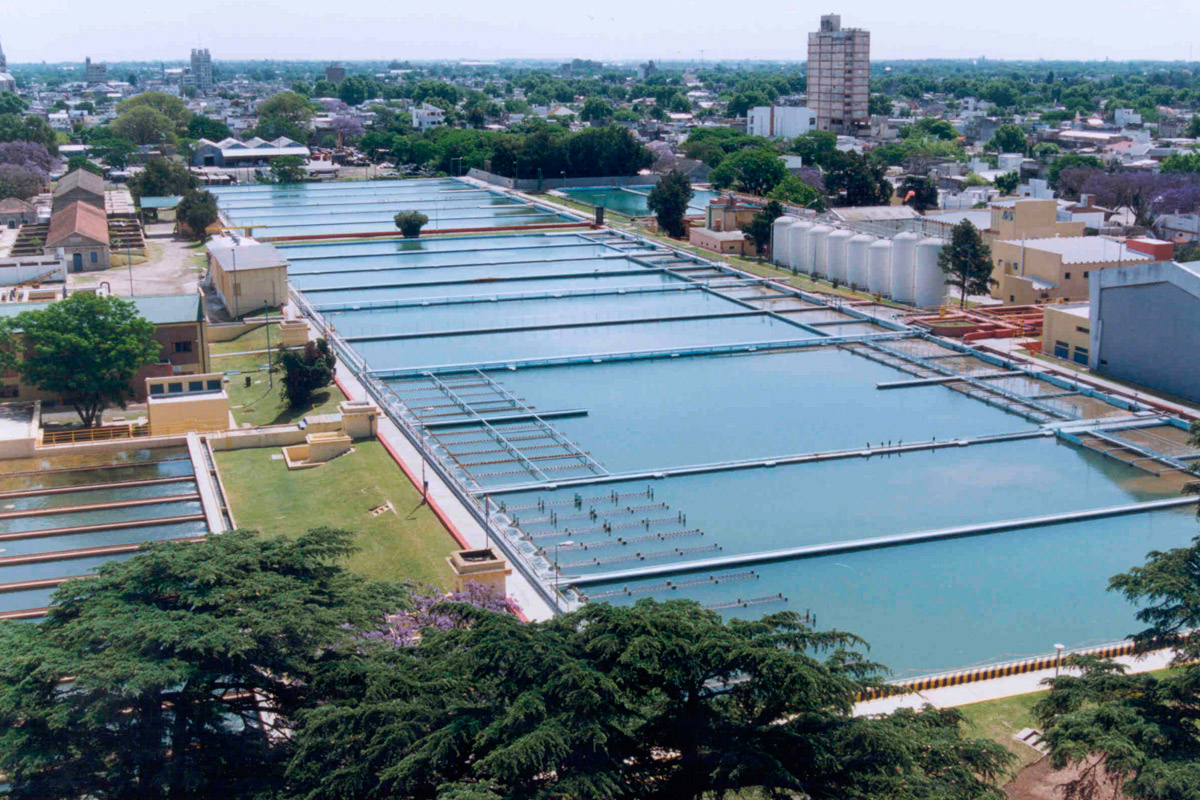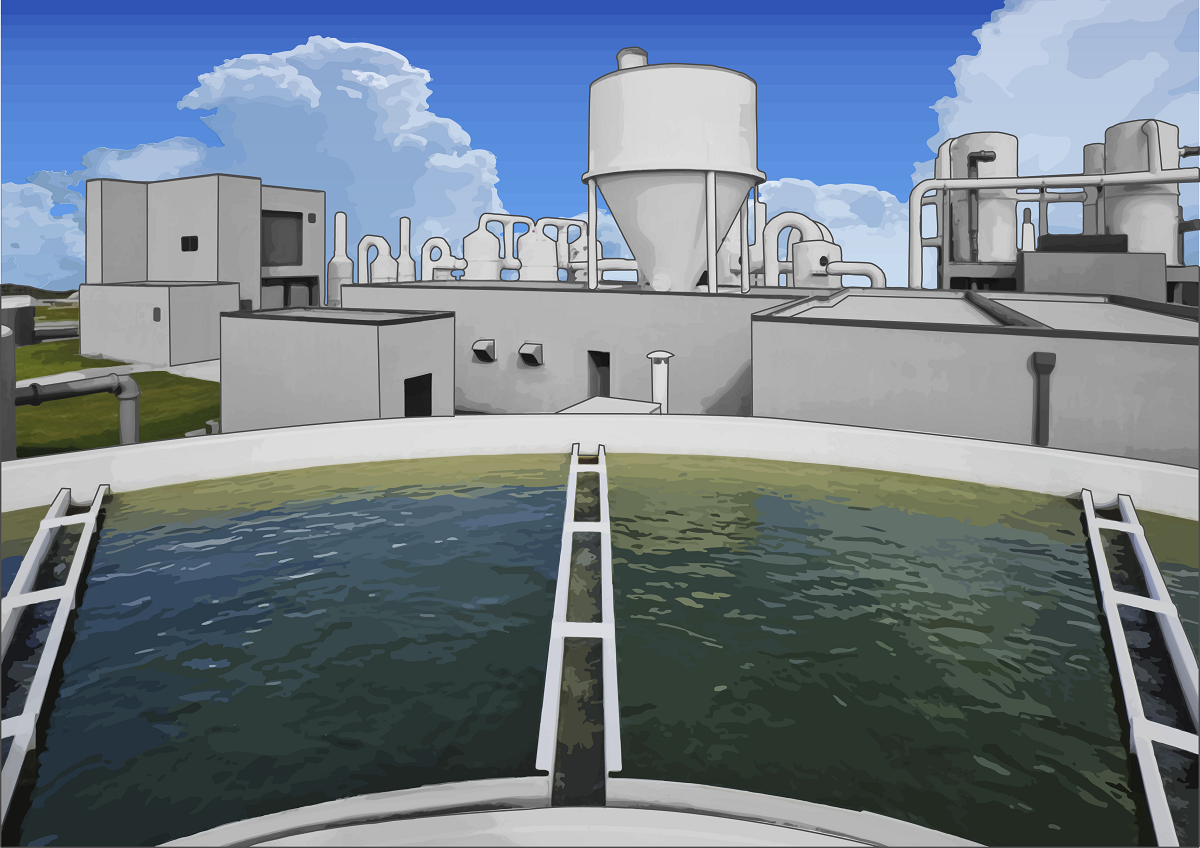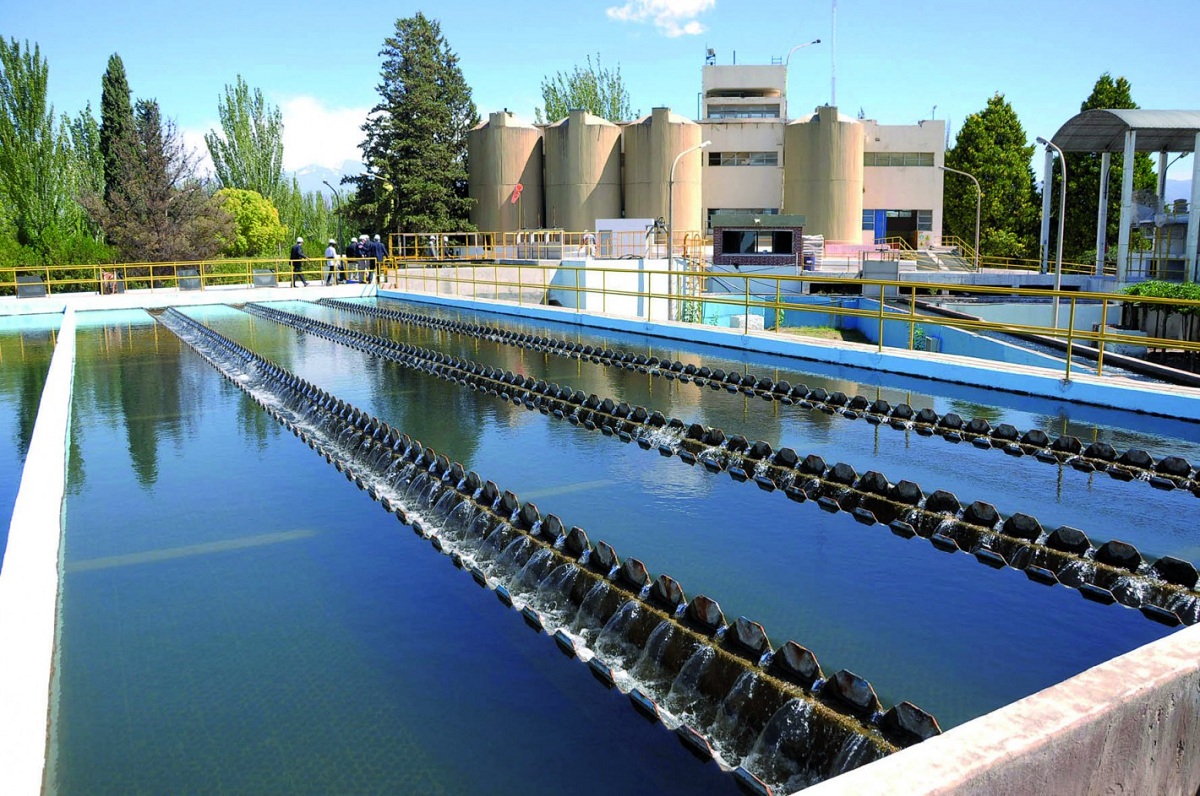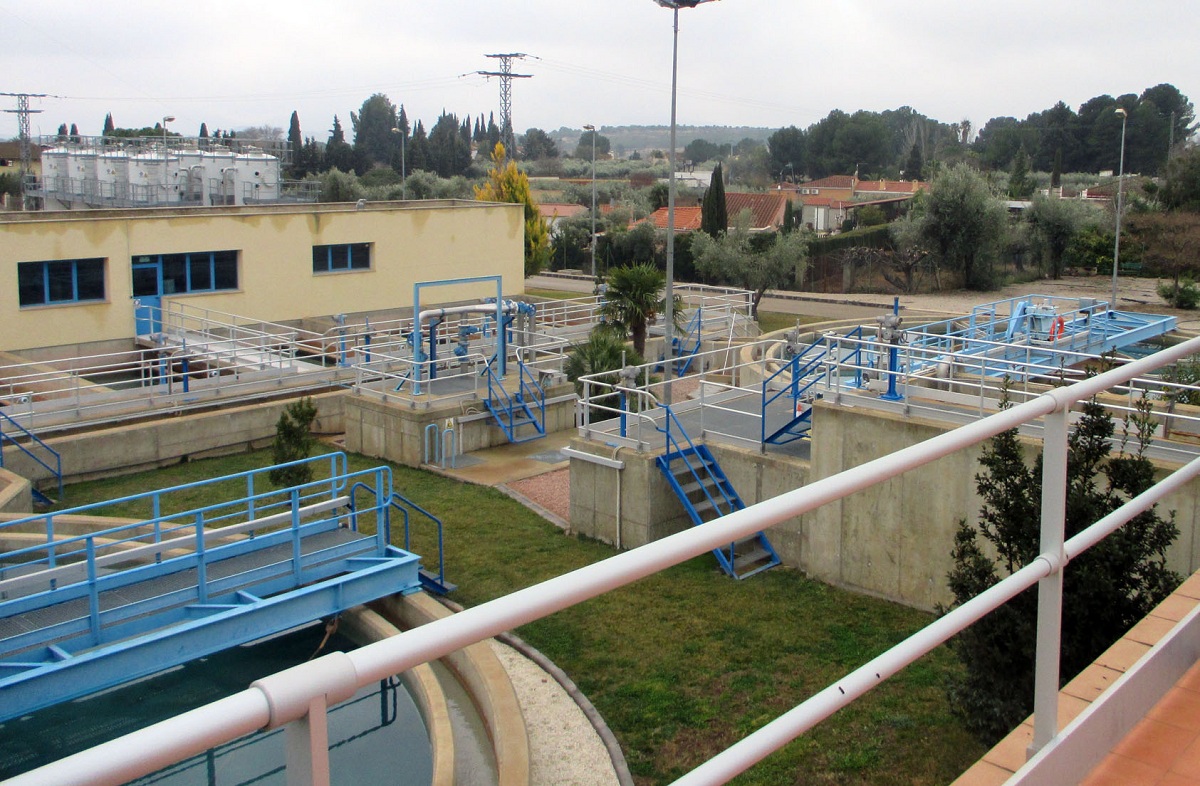
Water is the most important asset that human beings have and it is thanks to water that we can develop life as we know it. Therefore, we must know that it is a limited resource and that it is increasingly necessary to resort to certain methods to allow us to have drinking water. Drinking water is that which can be consumed by human beings without posing any health risk. Climate change is causing droughts to increase in intensity and frequency over the years. For this reason, a water purification plant plays a fundamental role in being able to purify water and make it suitable for human consumption.
In this article we are going to tell you everything you need to know about water treatment plant of water and how it works.
Characteristics of a water purifier

Since water is one of the most important human assets, we need to incorporate this water into our diet on a daily basis. And it is that without water the human being cannot survive. In order to consume the water we need a water treatment plant. That is, a plant that has structures created to capture water from rivers or lakes, to process it in order to convert it into drinking water.
In Spain we have around 1300 water treatment plants that are responsible for generating approximately 250 liters of drinking water per person per day. This water is distributed to all homes, businesses, crops, etc. It can be summarized in that the water treatment plant is the infrastructure that is in charge of guaranteeing that the human being has a sufficient supply of quality water to supply himself.
Water treatment plant processes

A water treatment plant requires numerous processes to make the water drinkable. We are going to analyze step by step what are the processes of the water treatment plant:
Catchment
The catchment process is responsible for gathering enough water to make it drinkable. This water usually comes from the natural course of rivers, lakes, reservoirs and is responsible for transporting all the water to the drinking water treatment station. It is also commonly called a water factory and is known by the acronym of ETAP.
The installation of all this is usually close to the source of raw water to avoid unnecessary expenses for transport. The transport of water to the drinking water treatment station can be by gravity to reduce costs. When transporting the water by gravity, it is done automatically, taking advantage of the slope of the terrain. However, If the installation has a higher quota than the collection point, a pumping station will be needed. The pumping station increases electricity costs.
Pretreatment
When the water has already entered the installation, it undergoes some previous treatments. This raw water has some treatments such as roughing, grinding and dosing of reagents at the head. With this pretreatment an attempt is made to reduce a little the amount of floating elements that the water can carry. For example, you can drag leaves, branches, and some objects of a similar size. This pretreatment is carried out using bars of different pitch sizes. They go from bars with openings of 10 centimeters to readings of 10 mm.
Then a de-sanding process is used. Here what is tried is that the sedimentation of the sands and smaller gravels takes place. Normally it is done by gravity in a section of open channel with adequate dimensions for it. The bars can be used with manual or automatic cleaning.
Lastly, the pretreatment also has a reagent dosage. Powdered activated charcoal is often used to correct the bad taste of the water. There are also some strong oxidizing agents to prevent algae from growing in the water. With these processes, the water is allowed to give optimal conditions to be treated.
Clarification

The water clarification process has different procedures. It is here that the water is subjected to physical and chemical processes that clarify it by separating unwanted substances by gravity. Suspended solids present in raw water are usually clays and minima of microscopic size. It is impossible that water does not have these suspended solids since they come from natural ecosystems with a large amount of these elements.
The water is subjected to a filtering process in order to retain the smallest particles. The clarification process begins with the dosage of a chemical agent that has a coagulant effect. This causes smaller particles to stick together to form larger particles. These particles are called flocs.
Settling and sedimentation
Once the flocs have formed, thanks to the coagulating agent, the water passes into the sedimentation tanks. These tanks are called decanters. This name proceeds to the fact that they are larger and help the flocs contained in the water precipitate by gravity to the bottom. There are different types of decanters depending on the nature of the water to be treated. There are static, dynamic, sludge, recirculating sludge, lamellar decanters, etc.
In all these decanters the operation is the same. The water must remain in the container long enough for all the flocs can reach the bottom and the water is clarified.
Filtration
The filtration process is the one that is carried out once the flocs have been removed from the water. Siliceous sand of different granulometries is normally used to make the water able to eliminate the rest of the particles. The water passes through this filter bed by the action of gravity. As it is a porous material, it is capable of retaining the particles that have escaped from the previous sedimentation. Once the water is filtered it is collected.
Disinfection
It is the last treatment to make water drinkable. It is one of the most important bases since it is responsible for exterminating all the bacteria that the water may contain. Chlorine is used as a chemical in the disinfection process. The water goes through various tests to ensure that it is fit for human consumption. Finally, make the water drinkable it is carried through a pumping station to homes.
I hope that with this information you can learn more about the water treatment plant.